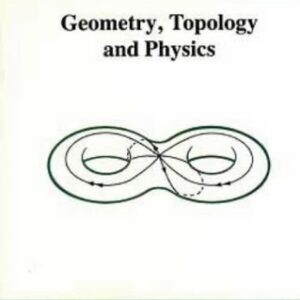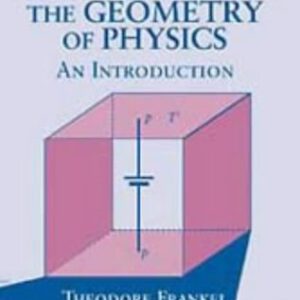Proton Therapy Physics goes beyond current books on proton therapy to provide an in-depth overview of the physics aspects of this radiation therapy modality, eliminating the need to dig through information scattered in the medical physics literature. After tracing the history of proton therapy, the book summarizes the atomic and nuclear physics background necessary for understanding proton interactions with tissue. It describes the physics of proton accelerators, the parameters of clinical proton beams, and the mechanisms to generate a conformal dose distribution in a patient. The text then covers detector systems and measuring techniques for reference dosimetry, outlines basic quality assurance and commissioning guidelines, and gives examples of Monte Carlo simulations in proton therapy. The book moves on to discussions of treatment planning for single- and multiple-field uniform doses, dose calculation concepts and algorithms, and precision and uncertainties for nonmoving and moving targets. It also examines computerized treatment plan optimization, methods for in vivo dose or beam range verification, the safety of patients and operating personnel, and the biological implications of using protons from a physics perspective. The final chapter illustrates the use of risk models for common tissue complications in treatment optimization. Along with exploring quality assurance issues and biological considerations, this practical guide collects the latest clinical studies on the use of protons in treatment planning and radiation monitoring. Suitable for both newcomers in medical physics and more seasoned specialists in radiation oncology, the book helps readers understand the uncertainties and limitations of precisely shaped dose distribution.
Physics
[PDF] Proton Therapy Physics (Series in Medical Physics and Biomedical Engineering) Harald Paganetti
$19.99

![[PDF] Proton Therapy Physics (Series in Medical Physics and Biomedical Engineering) Harald Paganetti](https://pdfelite.com/wp-content/uploads/2024/04/588518fe8683c84abe2218548940d4af-d.jpg)




Reviews
There are no reviews yet.